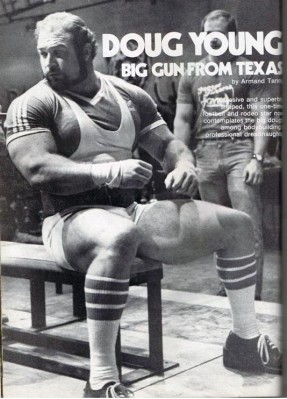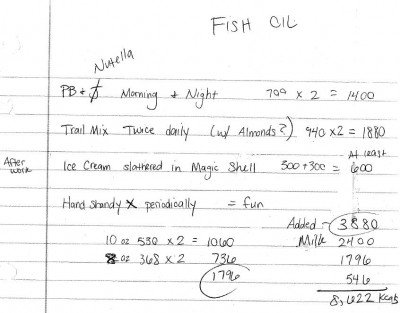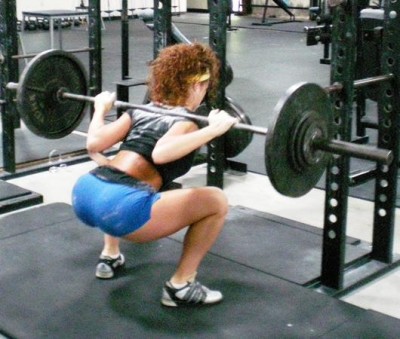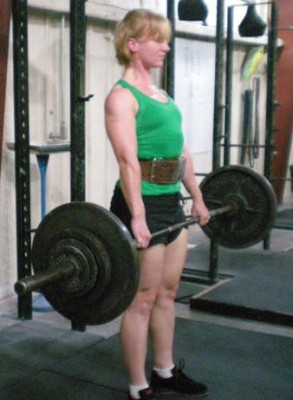“You gotta make sacrifices if you wanna be 70’s Big”
Go ahead and face it now; you are average. If you were a genetic freak, somebody would have noticed by now. More than likely you are sitting here reading this, and you want to be stronger and like learning about guys that are strong (or you like looking at guys that are strong…and are female?). In any case, you aren’t in that small percentage of the gene pool that are genetically predisposed to being freakishly strong.
Do you realize what this means? You have to get strong and big with good ol’ fashion hard work.
There are no shortcuts. You have to follow a carefully made training program. You have to eat more than you want to, especially when you don’t want to. You have to find the energy to conquer that last work set of squats or deadlifts when nobody is around and there is no glory. You have to realize that if you avoid doing the things that are hard, then you are preventing yourself from accomplishing your goals.
How badly do you want to be strong? How badly do you want to be competitive? How badly do you want to be 70’s Big?
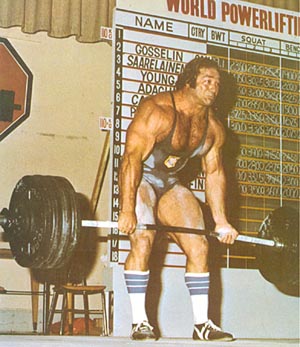
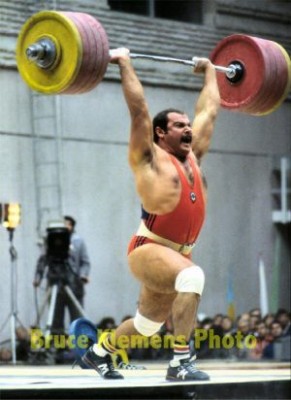
We look up to the demigods of 70’s Big yore (above), and they are gifted individuals. They undoubtedly worked hard, but you may not be so genetically fortunate. You will need to bust your ass for the same progress that others can make easily. You cannot afford to dick around with training, eating, or rest. You don’t have time to allow yourself to make excuses, so don’t bother.
So, sit down tonight and have a beer (Note: not fermented deer piss). As you sip, think about how your training can improve on Monday. Figure out what you can do better.
’Cause you gotta make sacrifices if you wanna be 70’s Big.
Click “read more” for more fun.
Continue reading

